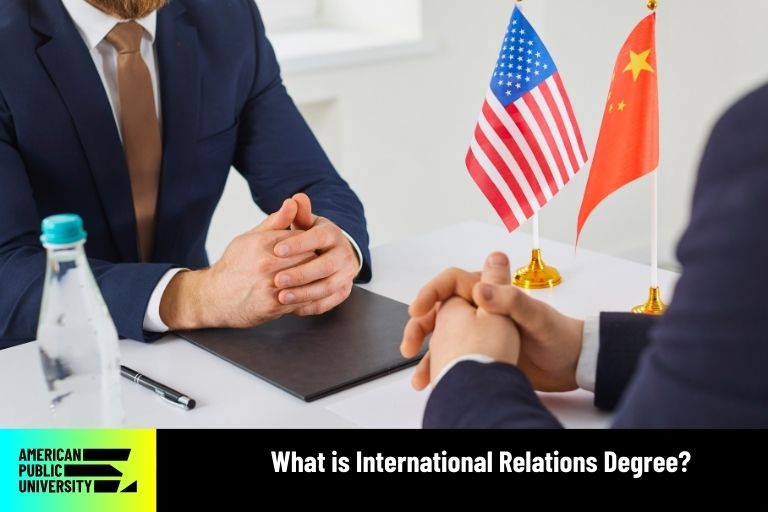Introduction: A New Era of Uncertainty
The fabric of international relations has always been woven with alliances—whether formal treaties or informal partnerships. From NATO to the Non-Aligned Movement, from Cold War blocs to contemporary regional coalitions, alliances reflect not only shared interests but also shifting power balances. In the 21st century, alliances are increasingly fluid, pragmatic, and sometimes contradictory, reflecting the complexities of globalization, technological disruption, and emerging security challenges.
This essay traces the historical evolution of global alliances, analyzes how they are changing today, and assesses what these shifts mean for the future of international order.
1. The Historical Foundations of Alliances
1.1 Classical Alliances in European Power Politics
- 19th century alliances (Triple Alliance, Triple Entente) aimed to balance power.
- These were rigid, military-focused agreements that often escalated tensions, culminating in World War I.
1.2 Cold War Blocs: Bipolar Alliances
- NATO vs. the Warsaw Pact structured the international system for decades.
- Alliances were ideological as much as strategic, binding states into rigid camps.
- The Non-Aligned Movement offered an alternative, though with limited coherence.
1.3 Post–Cold War Fluidity
- NATO expanded eastward but lost clear strategic purpose.
- U.S. alliances shifted toward issue-based coalitions (e.g., Gulf War coalition).
- Rise of multilateral institutions (WTO, EU) reflected optimism for collective action.
2. The 21st Century: Alliances Under Transformation
2.1 From Ideology to Pragmatism
- Today’s alliances are less about ideology, more about transactional interests.
- Example: India joining the Quad while remaining in BRICS.
2.2 Regional Powers as Alliance Builders
- Turkey playing between NATO, Russia, and Middle Eastern neighbors.
- Gulf states realigning, with Saudi-Iran rapprochement brokered by China.
- ASEAN’s balancing act between U.S. and China.
2.3 Issue-Specific Coalitions
- Climate alliances (Paris Agreement, COP coalitions).
- Technology alliances (U.S.-EU Trade and Tech Council, China’s Digital Silk Road).
- Security groupings (AUKUS, Quad) outside traditional UN frameworks.
3. Case Studies of Shifting Alliances
Case 1: NATO and the Ukraine War
- NATO revitalized after years of questioning relevance.
- Finland and Sweden joining shows security alliances still matter.
- Yet, divergences remain: European states reluctant to fully decouple from Russia or China.
Case 2: China’s Expanding Network
- Belt and Road Initiative (BRI) binds over 140 countries economically.
- Partnerships with Russia deepen, but China also courts Europe, Africa, and the Middle East.
- Offers alternatives to U.S.-led alliances, often transactional in nature.
Case 3: Middle East Realignments
- Abraham Accords normalize ties between Israel and Arab states.
- Saudi Arabia diversifies partnerships, engaging with both Washington and Beijing.
- Iran integrates more closely with Russia and China under sanctions.
Case 4: Africa as a Contest Ground
- Competing alliances for infrastructure, digital networks, and military cooperation.
- African Union asserting itself as a diplomatic actor, not just a regional bloc.

4. The Forces Driving Alliance Shifts
- Multipolarity: No single hegemon can enforce a rigid order.
- Economic Interdependence: States hedge between partners to maximize benefits.
- Technology Competition: Standards and infrastructure drive new alliances.
- Domestic Politics: Leaders’ priorities often reshape external commitments.
- Global Crises: Climate change and pandemics push for cross-bloc cooperation.
5. The Risks of Alliance Volatility
- Trust Deficit: Short-term, transactional deals reduce predictability.
- Overlapping Commitments: States belonging to competing blocs risk conflict.
- Weak Institutionalization: Informal coalitions lack enforcement mechanisms.
- Great Power Rivalries: Shifting alliances may deepen polarization instead of reducing it.
6. Opportunities in Fluidity
- Flexibility: States can pursue issue-based cooperation without ideological baggage.
- Inclusivity: Smaller states gain leverage by being courted by multiple powers.
- Innovation in Governance: Coalitions of the willing can act faster than formal institutions.
- Regional Agency: Middle powers and Global South actors gain new influence.
7. The Future of Alliances: Scenarios
Scenario 1: Fragmented Multipolarity
Dozens of overlapping alliances emerge, each issue-specific, with no clear global anchor.
Scenario 2: Neo-Blocs
U.S.-led democracies and China-Russia-led authoritarian coalitions dominate, echoing Cold War bipolarity but with fuzzier lines.
Scenario 3: Hybrid Governance
Formal alliances (e.g., NATO, EU) coexist with flexible, ad hoc groupings, creating a layered global system.
Scenario 4: Global South Assertiveness
Africa, Latin America, and South Asia build independent alliances that reshape global governance beyond great power rivalry.
Conclusion: Alliances as the DNA of International Relations
Alliances remain at the heart of global politics—but their form, function, and flexibility are changing. The era of rigid ideological blocs has given way to one of transactional partnerships, cross-bloc engagements, and shifting coalitions.
This transformation carries risks of instability and unpredictability, but also opportunities for inclusivity and innovation in global governance. In a world defined by interdependence and uncertainty, alliances will not disappear—they will continue to evolve, adapt, and redefine international relations in the 21st century.
















































